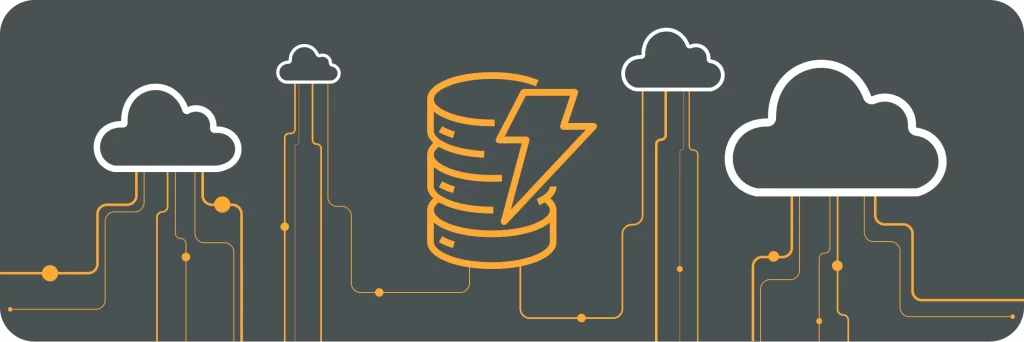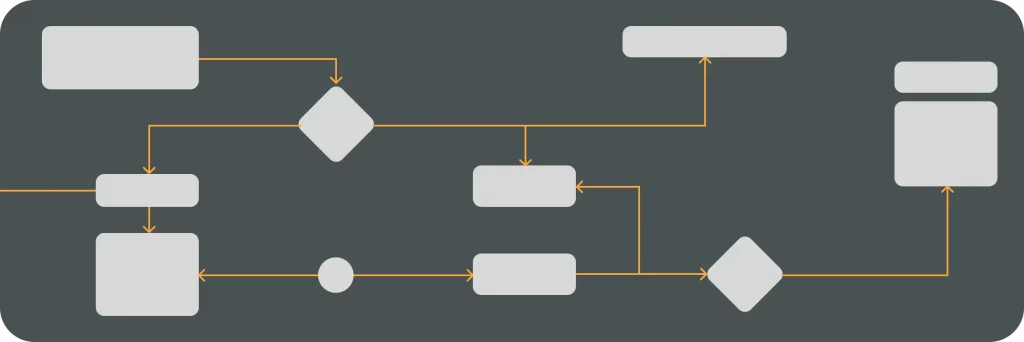DevOps, a term derived from the combination of “development” and “operations,” is a set of practices aimed at improving collaboration and communication between software developers and IT operations teams. This approach emphasizes the automation of processes, enabling faster and more reliable software delivery. Change management, on the other hand, focuses on managing and controlling changes to systems, enabling organizations to adapt to new technology and business requirements while ensuring the stability of their operations. In this article, we will explore the intersection of DevOps and change management, examining how they complement each other and the key principles and challenges associated with implementing change management in a DevOps environment.
Understanding DevOps and Change Management
Before delving into the specifics, it is important to have a clear understanding of both DevOps and change management. DevOps is not just a set of tools or practices; it is a cultural shift that promotes collaboration, communication, and integration across development and operations teams. By breaking down silos and implementing automation, DevOps enables organizations to deliver software faster, with higher quality and reliability.
Change management, on the other hand, is a structured approach to managing and controlling changes to systems. It ensures that any changes made to an organization’s infrastructure or processes are planned, tested, documented, and communicated effectively. Effective change management helps organizations minimize disruptions and risks associated with change while maximizing the benefits.
The Concept of DevOps
DevOps is built on the principle of breaking down barriers between development and operations teams. It promotes cross-functional collaboration and emphasizes shared accountability for the software development lifecycle. By integrating development and operations processes, organizations can respond more effectively to customer feedback and market demands.
DevOps is not just about automating processes; it is about fostering a culture of continuous learning and improvement. It encourages experimentation and innovation, providing teams with the freedom to fail fast and learn from their mistakes. By embracing a DevOps mindset, organizations can achieve agility and speed, enabling them to deliver value to customers more efficiently.
The Importance of Change Management in DevOps
Change management plays a crucial role in the success of DevOps initiatives. As organizations adopt DevOps practices, they undergo significant changes in their processes, infrastructure, and culture. Without effective change management, these changes can lead to chaos, resistance, and ultimately, failure.
Change management provides a structured framework for managing and controlling changes in a DevOps environment. By ensuring that changes are planned, tested, and communicated effectively, change management minimizes service disruptions and ensures the stability of operations. It also facilitates the integration of new technologies and business requirements while maintaining compliance and security.
Moreover, change management helps organizations manage the human aspect of change. It acknowledges that change can be met with resistance and uncertainty, and therefore, it focuses on effective communication and stakeholder engagement. By involving all relevant parties in the change process and addressing their concerns, change management fosters a sense of ownership and commitment, increasing the chances of successful DevOps implementation.
Additionally, change management provides organizations with a systematic approach to assessing and mitigating risks associated with change. It helps identify potential bottlenecks, dependencies, and conflicts early on, allowing teams to proactively address them. By having a comprehensive understanding of the risks involved, organizations can make informed decisions and take appropriate measures to ensure a smooth transition.
The Intersection of DevOps and Change Management
DevOps and change management are not mutually exclusive; in fact, they are highly complementary. Change management provides the structure and control needed for successful DevOps implementations, while DevOps practices enable organizations to embrace change more effectively and deliver value faster.
How DevOps Influences Change Management
DevOps introduces a new paradigm for change management, emphasizing automation and collaboration. By automating change processes, organizations can reduce the time and effort required to implement changes while minimizing the risk of errors. Continuous integration and continuous delivery (CI/CD) pipelines enable organizations to automate the build, test, and deployment processes, ensuring faster and more reliable software delivery.
Additionally, DevOps promotes collaboration between development and operations teams, breaking down silos and fostering a culture of shared responsibility. This collaboration enables organizations to identify potential risks and issues early on, align priorities, and implement changes more effectively.
The Role of Change Management in DevOps Processes
In a DevOps environment, change management plays a crucial role in ensuring the stability and reliability of applications and infrastructure. Change management processes are designed to assess the impact of proposed changes, identify potential risks, and plan and schedule changes to minimize disruptions.
Change management also facilitates effective communication and coordination between different teams and stakeholders. By providing clear documentation and communication channels, organizations can ensure that all relevant parties are informed about upcoming changes and their potential impact.
Key Principles of Change Management in DevOps
Implementing change management in a DevOps environment requires adhering to key principles and best practices. Let’s explore some of these principles:
Continuous Integration and Continuous Delivery
Continuous integration and continuous delivery (CI/CD) are integral parts of DevOps and change management. CI/CD pipelines automate the build, test, and deployment processes, allowing organizations to deliver software updates frequently and reliably. By automating these processes, organizations can reduce manual errors and ensure faster time-to-market.
Implementing CI/CD pipelines requires defining clear processes and establishing automation tools that support continuous integration, testing, and deployment. It also involves integrating key stakeholders, such as developers, testers, and operations teams, into the CI/CD pipeline to ensure effective collaboration and feedback loops.
Infrastructure as Code
Infrastructure as Code (IaC) is a practice that enables organizations to manage and provision infrastructure through code. By treating infrastructure as code, organizations can version, test, and deploy infrastructure in a repeatable and predictable manner. This approach eliminates manual configuration drift and enables faster and more reliable changes to infrastructure.
Implementing IaC requires leveraging tools and technologies such as configuration management systems (e.g., Puppet, Chef) and infrastructure provisioning tools (e.g., Terraform, AWS CloudFormation). By adopting IaC practices, organizations can ensure that infrastructure changes are automated, version-controlled, and tested, reducing the risk of errors and improving operational efficiency.
Monitoring and Logging
Monitoring and logging are essential for effective change management in a DevOps environment. Monitoring allows organizations to detect and respond to performance issues, security threats, and other incidents in real-time. Logging, on the other hand, provides organizations with a record of events and activities, enabling them to analyze past changes and diagnose issues.
Implementing monitoring and logging requires leveraging tools and technologies that provide real-time visibility into systems and applications. Organizations should establish clear monitoring and logging practices, defining key metrics, alerts, and dashboards to ensure proactive monitoring and effective incident response.
Challenges in Implementing Change Management in DevOps
While change management is essential for successful DevOps implementations, there are challenges organizations may encounter. Let’s explore some of these challenges:
Resistance to Change
Change, by its nature, often meets resistance from individuals and teams. In a DevOps environment, where processes and workflows are disrupted, resistance to change can hinder the adoption of new practices and tools. To overcome this challenge, organizations need to communicate the vision and benefits of DevOps clearly, involve teams in the change process, and provide the necessary training and support.
Lack of Understanding and Skills
DevOps requires a mindset shift and new skills from both development and operations teams. Lack of understanding and skills can hinder the effective implementation of change management in a DevOps environment. Organizations should invest in training and upskilling programs to ensure that teams have the necessary knowledge and capabilities to embrace DevOps practices.
Inadequate Tools and Technologies
Effective change management in a DevOps environment relies on the availability of suitable tools and technologies. Inadequate tools and technologies can hinder the automation and streamlining of change processes, making it challenging to deliver software updates with speed and reliability. Organizations should evaluate and invest in tools that support collaboration, automation, and monitoring in a DevOps context.
Strategies for Effective Change Management in DevOps
To overcome the challenges associated with implementing change management in a DevOps environment, organizations can adopt the following strategies:
Building a Culture of Collaboration
Collaboration is at the heart of DevOps and change management. Organizations should foster a culture that promotes cross-functional collaboration, trust, and shared responsibility. This culture facilitates effective communication, alignment of priorities, and seamless integration of change management processes.
Implementing Automation Tools
Automation is a key enabler for effective change management in a DevOps environment. Organizations should invest in automation tools that support CI/CD pipelines, infrastructure as code, and monitoring and logging. By automating change processes, organizations can reduce manual errors, improve efficiency, and ensure faster delivery of value to customers.
Continuous Learning and Improvement
DevOps and change management are not static; they require continuous learning and improvement. Organizations should establish feedback loops, conduct post-implementation reviews, and encourage teams to share knowledge and experiences. By fostering a culture of continuous learning and improvement, organizations can adapt to changing requirements and technologies more effectively.
Conclusion
In conclusion, change management is an integral part of successful DevOps implementations. By implementing change management practices in a DevOps environment, organizations can ensure the stability and reliability of their operations while enabling faster and more efficient software delivery. Adhering to key principles, overcoming challenges, and adopting effective strategies are essential for implementing change management in a DevOps context.
By embracing change management within their DevOps initiatives, organizations can navigate the complexities of technological advancements and evolving business needs. Ultimately, this approach enables organizations to deliver value to customers more effectively and stay ahead in today’s fast-paced digital landscape.




